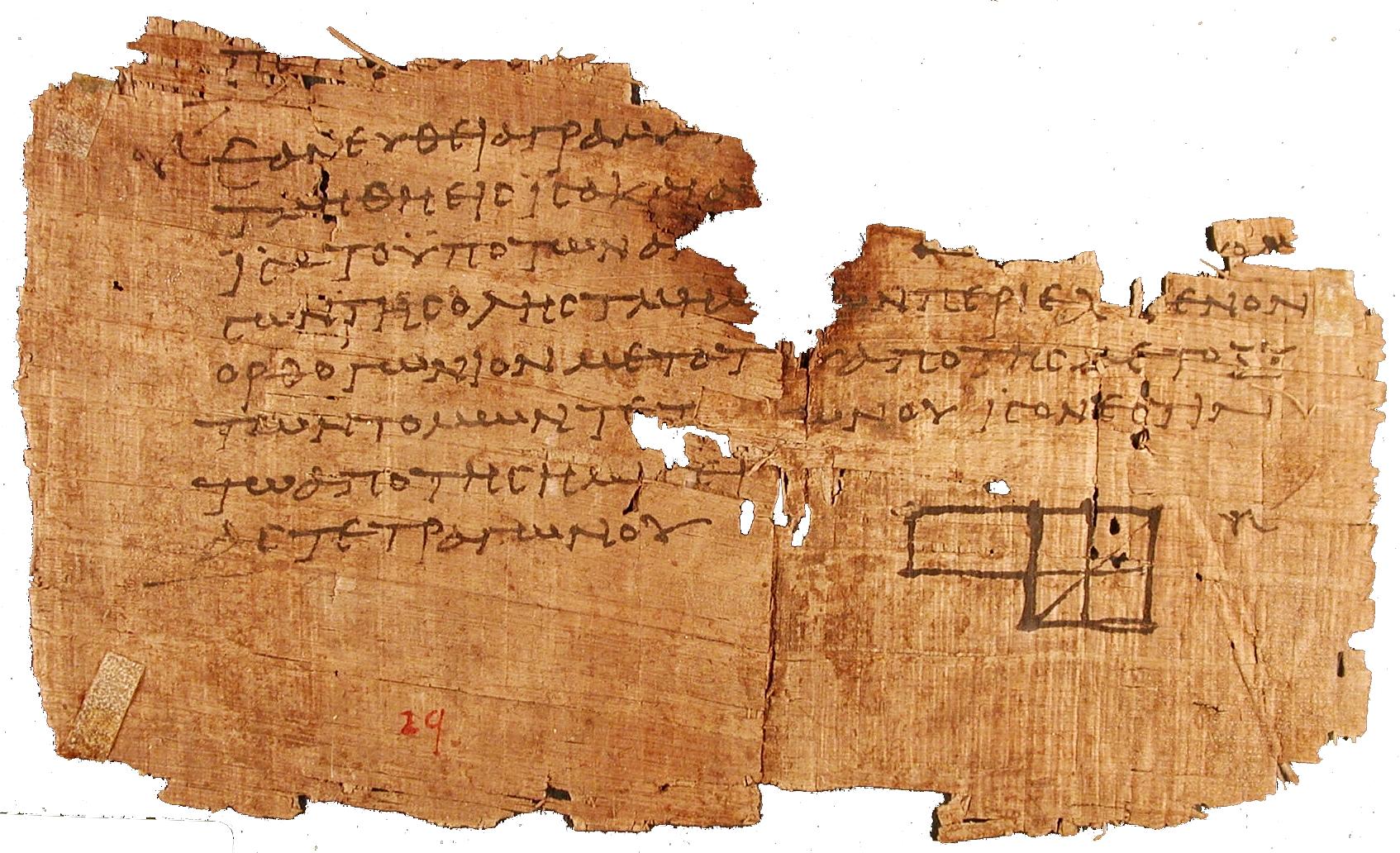Invariance
The Elegance of Canonical Forms
In mathematics, a canonical form represents the simplest or most standardized way to express an object or element within its equivalence class. But this concept extends far beyond mathematics. It reflects a fundamental human aspiration to distill complexity into elegance, to find the essential nature of things.
Canonical forms appear in diverse fields: mathematicians use them to reveal structural properties, physicists employ them to express fundamental laws, computer scientists implement them to express efficient ways of computing, economists seek them in modeling systems across a spectrum of scale, and some philosophers entertain them as representations of ideal forms. At their core, canonical forms capture what is invariant and fundamental while stripping away the superfluous.
A Brief History of Canonical Thinking
The quest for canonical representation has ancient roots. Euclid’s Elements established standardized geometric constructions around 300 BCE. Ancient Chinese mathematicians developed canonical approaches to linear equations in the Nine Chapters on the Mathematical Art circa 200 BCE.
 Image: Euclid’s Elements of Geometry in a fragment of papyrus found among the remarkable rubbish piles of Oxyrhynchus in 1896-97 by the renowned expedition of B. P. Grenfell and A. S. Hunt. Estimated to be dated around A.D. 75-125. Source
Image: Euclid’s Elements of Geometry in a fragment of papyrus found among the remarkable rubbish piles of Oxyrhynchus in 1896-97 by the renowned expedition of B. P. Grenfell and A. S. Hunt. Estimated to be dated around A.D. 75-125. Source
The Scientific Revolution accelerated this pursuit. Descartes unified algebra and geometry through coordinate systems. Newton’s laws provided canonical expressions of physical motion. Gauss, Weierstrass, and Jordan developed canonical forms for various mathematical structures during the 18th and 19th centuries, revealing deeper patterns beneath apparent complexity.
The 20th century saw canonical forms become essential in quantum mechanics, computer science, and information theory. In each case, finding the canonical representation meant discovering the most fundamental way to express a complex system, revealing both beauty and utility.
Bitcoin: A Canonical Expression of Value
Bitcoin represents a remarkable convergence of canonical thinking across multiple disciplines:
Mathematical Canonicity: Bitcoin employs elegant cryptographic primitives, hash functions, and Merkle trees: all canonical forms in their respective domains. These aren’t arbitrary choices but represent distilled mathematical solutions to specific problems.
Economic Canonicity: Traditional monetary systems involve complex webs of trust relationships, central authorities, and arbitrary policies. Bitcoin reduces these to a canonical protocol: a minimal, elegant solution to the problem of value transfer without trusted intermediaries.
Philosophical Canonicity: Bitcoin embodies platonic ideals of money. It strips away the accidental properties of traditional currencies (physical form, issuing authority) and preserves the essential: scarcity, divisibility, transferability, and verifiability.
Consensus Canonicity: The blockchain itself is a canonical record of all transactions, establishing an immutable history that participants agree represents the authoritative “truth.” This mirrors how mathematical communities establish which representation should be canonical.
Invariant Properties: Just as canonical forms highlight invariant properties, Bitcoin’s protocol ensures certain aspects remain unchanged regardless of network conditions, such as the maximum supply of 2,099,999,997,690,000 Sats represent an invariant in the system.
What makes Bitcoin philosophically fascinating is how it represents a canonical expression of value. Traditional financial systems require layered trust relationships; Bitcoin reduces these to verifiable cryptographic functions packaged in a group of protocols. In doing so, it creates a system that is simultaneously more elegant and more robust, serving as a hallmark of successful canonical forms.
Exploring Canonical Expressions
I’ve decided to kickoff my blog, “Canonical Expressions”, as a window to explore these connections, among other interests. I invite readers from all backgrounds - whether your interest lies in mathematics, computer science, economics, philosophy, or Bitcoin, to join me in exploring how canonical thinking shapes our understanding of the world.
In pursuit of canonical expressions across various interests, I hope to gain some insights into not just what we know, but how we know it - and perhaps discover more elegant ways to represent the complexity of our world.